1. What is a US immigration visa?
US immigration visa for foreigners to live and work long-term in the United States (Photo source: Collected)
A US immigrant visa is a type of visa that allows foreigners to live and work permanently in the United States. After successfully entering the country with this visa, the holder will be granted a Green Card - a certificate of permanent residency in the United States. After a period of residence and meeting the requirements, the green card holder can apply for US citizenship if desired.
Currently, US immigration visas are divided into two large groups:
- Immigration visa based on sponsorship (family or employment).
- Immigration visa through investment or special program.
2. Types of US immigration visas
Current US immigration visa types (Image source: Collected)
2.1. Family-sponsored immigration
- IR1, CR1: Legally married spouse of a US citizen.
Cohabitation without marriage registration is not considered a legal marriage for immigration visa purposes. Cohabitation (without marriage registration), also known as “de facto marriage”, may be accepted depending on the laws of the country where the relationship is recognized. In the case of polygamy (marriage to more than one person), only the first spouse is considered a legal spouse for immigration visa purposes.
- IR2, CR2: Is a US citizen sponsoring an unmarried child under 21 years old (IR2L. Is a US citizen sponsoring an unmarried stepchild under 21 years old (CR2).
- IR3: Inter-country adoption by US citizens.
- IR4: Adopted child of US citizen (adopted in the US).
- IR5: Visa for biological parents or step-parents of US citizens. To be eligible for this type of sponsorship, the US citizen must be 21 years of age or older. If the step-parent is a step-parent, the marriage between the step-parent and the sponsor's biological parent must have occurred before the sponsor turned 18. Note: If the US citizen was legally adopted, they may not be eligible to sponsor their biological parents.
- K1: A US citizen sponsors his/her fiancé(e) or his/her spouse/spouse. Both parties must be legally married to be eligible to marry. They must also have met in person within the last 2 years. After the sponsored person enters the United States on a K1 visa, the two are required to marry within 90 days of arrival in the United States.
- K3: This category is conducted to shorten the time to come to the United States for IR1/CR1 applications.
- F1: US citizens over 21 years old sponsor their biological children. In the sponsorship application, the children must be single and under 21 years old.
- F3: US citizens sponsor their married children. If the married child has children included in the application (dependents), the accompanying children must be single and under 21 years old.
- F4: US citizens sponsoring siblings. If the sponsored person has children included in the application, the accompanying children must be single and under 21 years old.
2.2. Employment visa
- EB-1: For people with exceptional abilities, professors, outstanding researchers, senior executives or managers transferred to work in multinational corporations.
- EB-2: For professionals with advanced degrees or special skills invited to work in the United States.
- EB-3: For skilled workers and unskilled workers. Note, applicants must have a Labor Certification from the US Department of Labor.
- EB-4: For certain special groups such as missionaries and international organization employees.
- EB-5: For immigrant investors (minimum $800,000 investment and job creation in the US).
2.3. Re-entry visa
The SB-1 visa is for Lawful Permanent Residents (LPRs) who want to return to the United States but have been outside the United States for more than one year, or have exceeded the validity of their Reentry Permit for reasons beyond their control. If you want to apply for an SB-1 visa, the first step is to schedule an online appointment to review your Returning Resident status. You can find more information about Returning Resident Visas on the U.S. Department of State website.
Please note that if you entered the United States on a temporary basis (a 2-year green card instead of a 10-year one), you will not be eligible for an SB-1 re-entry visa if your 2-year green card has expired and you have not taken the necessary steps to remove this temporary status before the green card expires. In this case, you must have a new petition approved by the United States Citizenship and Immigration Services (USCIS) and begin the immigrant visa process again.
2.4. Mixed-race children
There are two programs that Amerasians can apply to immigrate to the United States – the Amerasian Immigration Act and the Amerasian Homecoming Act.
To qualify under the Amerasian Immigration Act, an applicant must have been born in Cambodia, South Korea, Laos, Thailand, or Vietnam; had a birth date between December 31, 1950, and October 22, 1982; and had a biological father who was a U.S. citizen.
To qualify under the Amerasian Homecoming Act, an applicant must have been born in Vietnam after January 1, 1962, and before January 1, 1976, to a biological father who was a U.S. citizen.
Understanding the US immigration visa categories will help you choose the path that best suits your profile, abilities, and future orientation. Whether it is sponsorship, employment, investment, or special programs, each category has its own opportunities but also its own challenges. If you are planning to immigrate to the US, be proactive in updating the latest information from USCIS and seek out reputable consulting units such as Vietravel for detailed instructions, increasing the chances of success for your application.
For more information about the program, please contact:
VIETRAVEL
190 Pasteur, Vo Thi Sau Ward, District 3, HCMC
Tel: (028) 3822 8898 - Hotline: 1800 646 888
Fanpage: https://www.facebook.com/vietravel
Website: www.travel.com.vn
Source of article: Collected and compiled
@travelguide #travelguide
Source: https://www.vietravel.com/vn/am-thuc-kham-pha/cac-dien-visa-dinh-cu-my-v17135.aspx


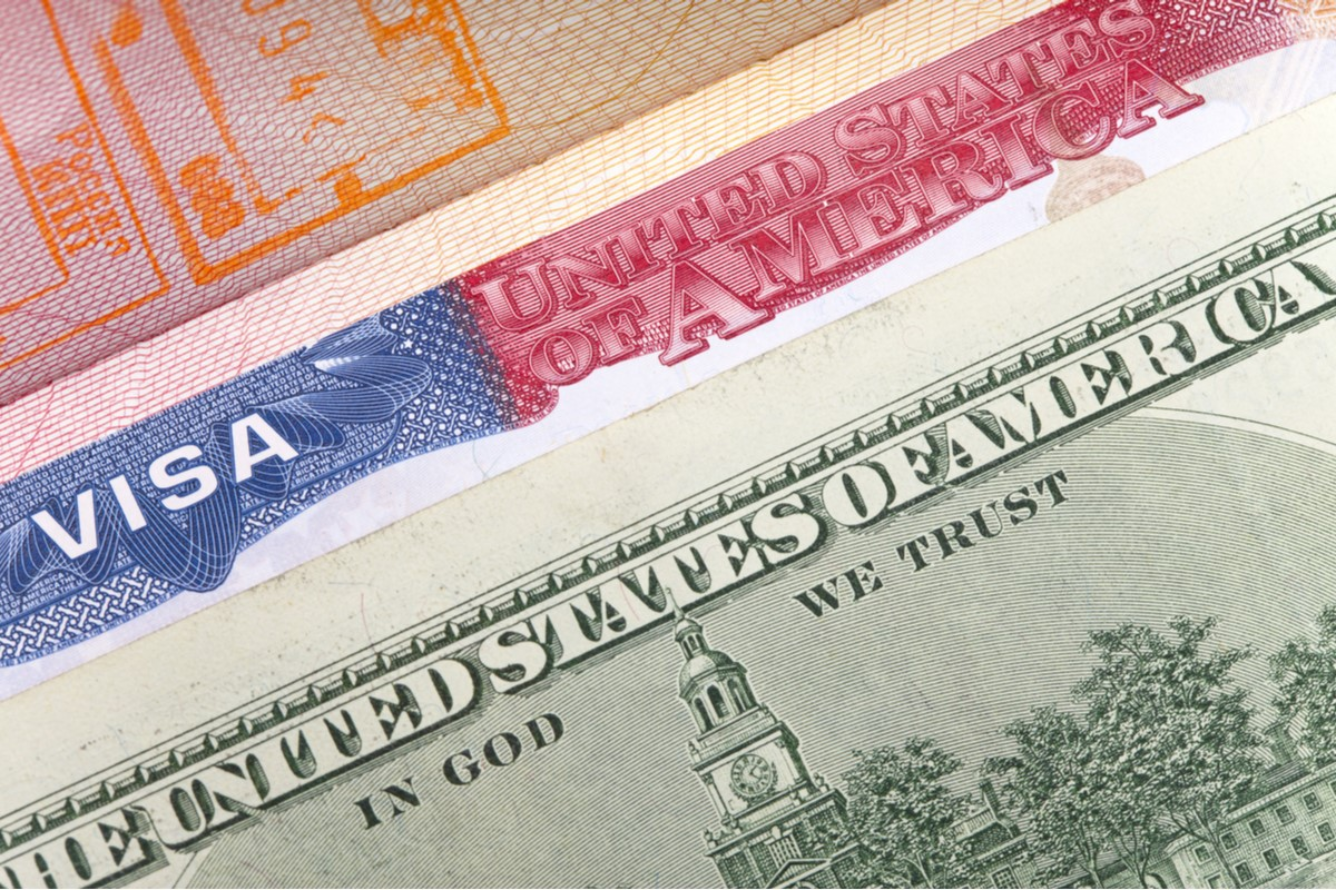
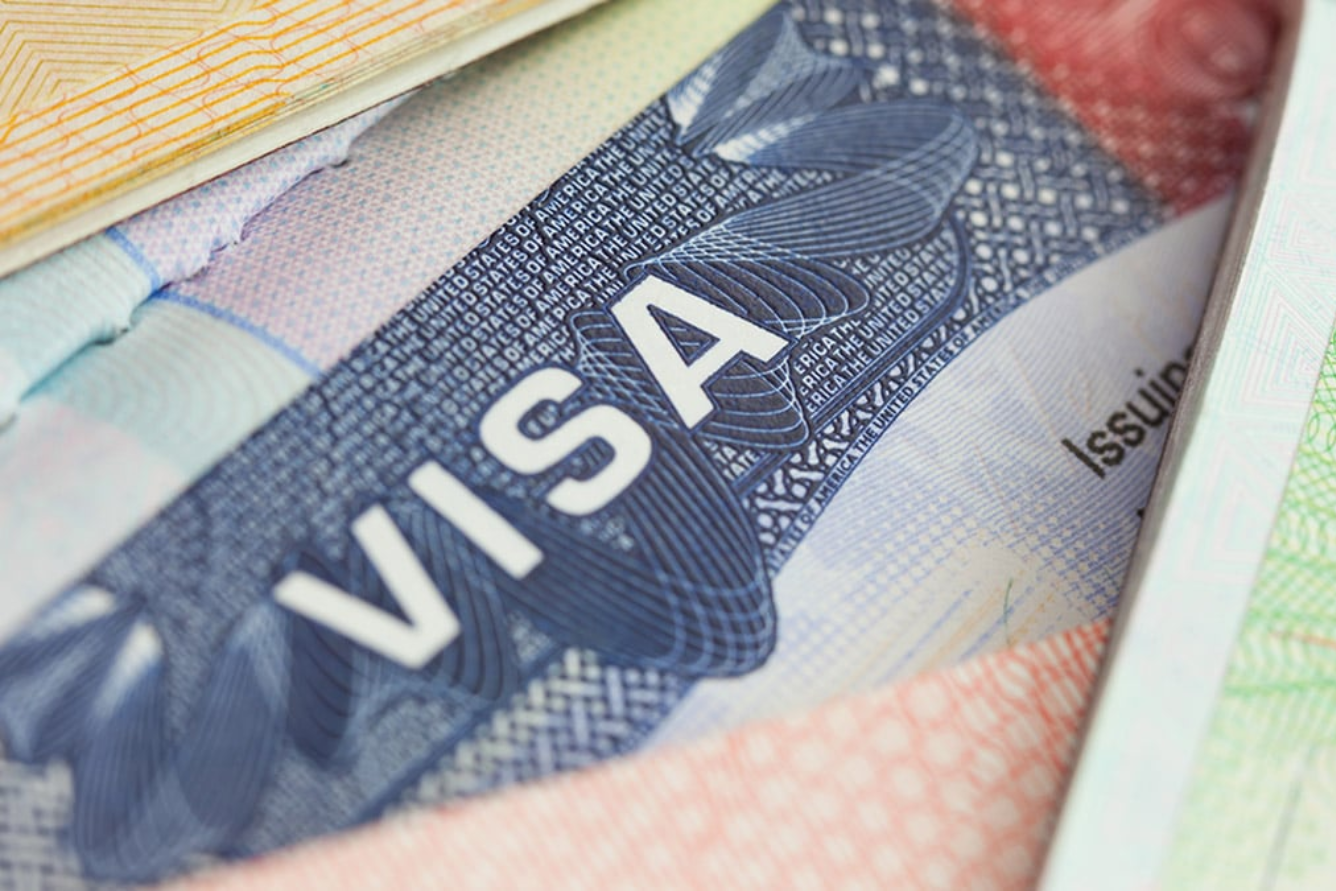











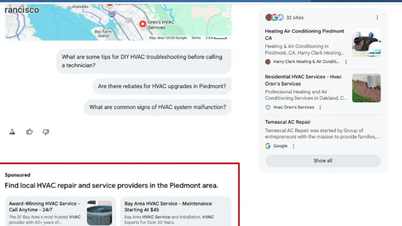






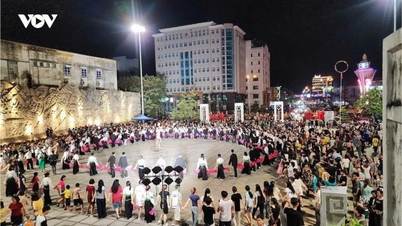
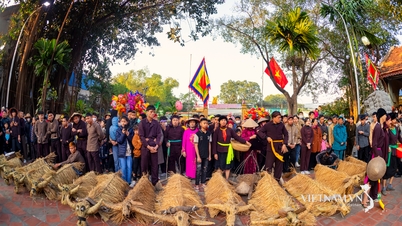


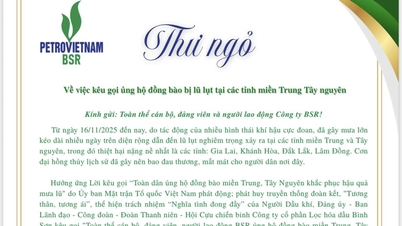






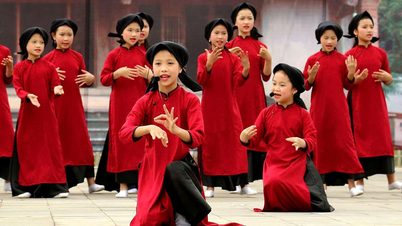

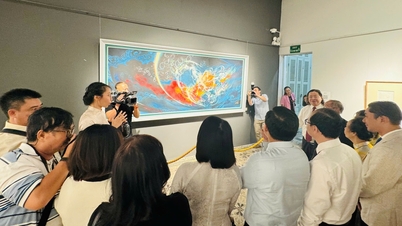




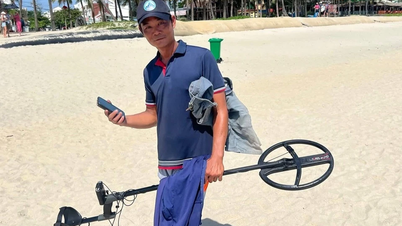





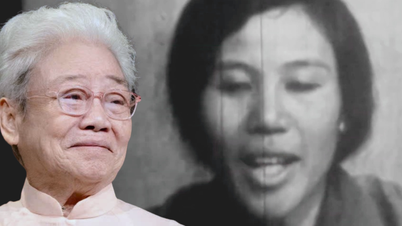



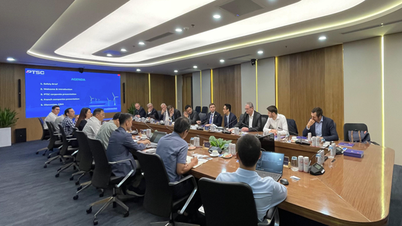



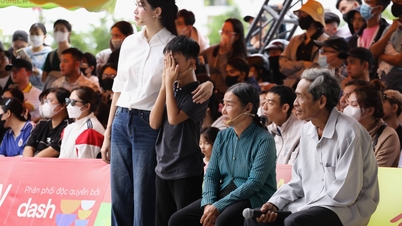
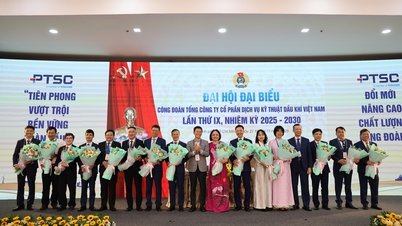








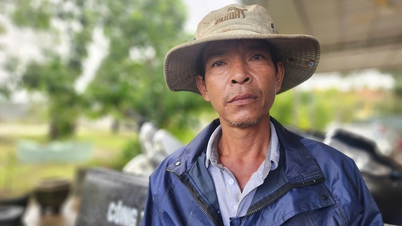







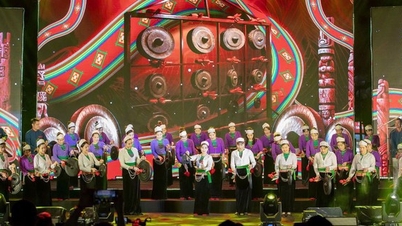


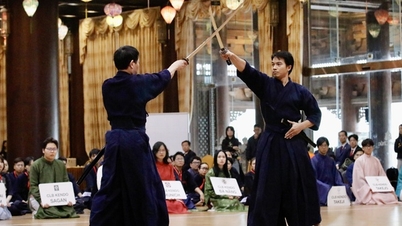














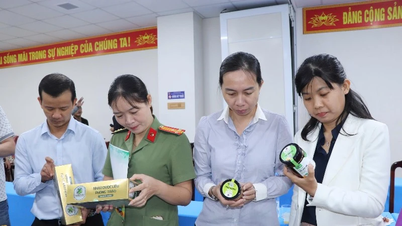



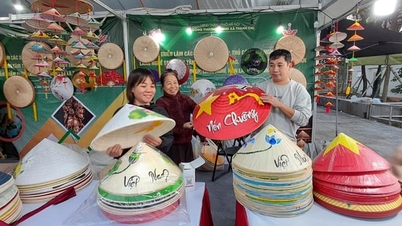

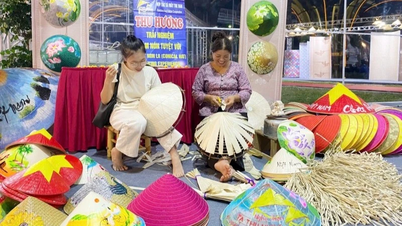





Comment (0)